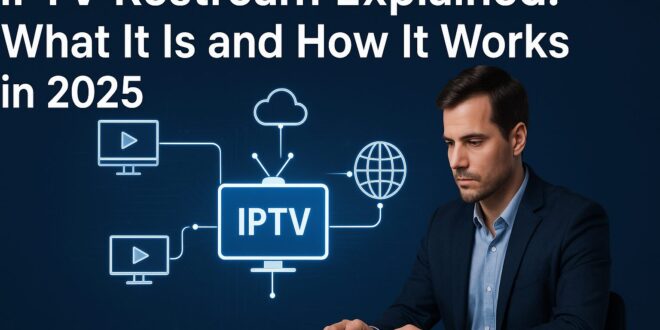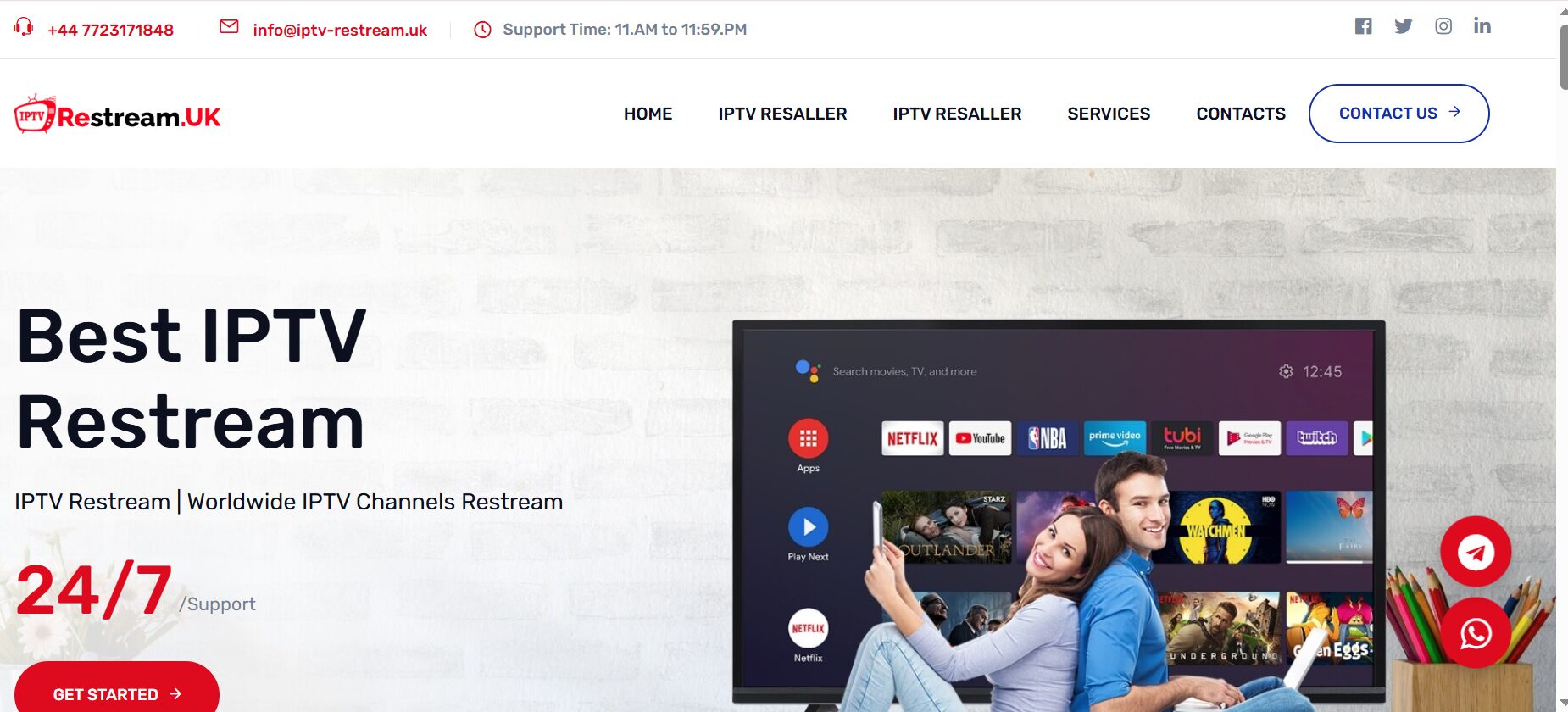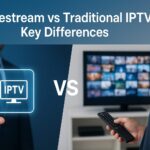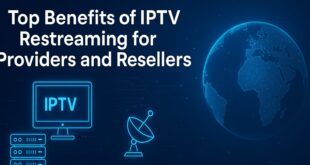IPTV Restream Explained: What It Is and How It Works in 2025
In the quickly growing phase of digital entertainment, IPTV has taken the world by storm. By 2025, IPTV had moved on from its infancy state, but of all the things associated with it, perhaps one of the most significant and misunderstood aspects is “IPTV restreaming.” Whether you identify as a provider, reseller, or viewer trying to get a grip on what’s going on behind the screen, this guide will detail what an IPTV restream is, how it operates, and why it’s an industry-shifting technology in our content delivery.
What Is IPTV Restream?
Before we get into restreaming, we should define what IPTV is. IPTV stands for Internet Protocol Television. It is distinct from traditional broadcast methods, including over-the-air transmissions, satellite, and cable. IPTV presents a flexible and scalable platform for introducing television content to viewers via the internet. This allows service providers to develop on-demand services, time-shifted media, and interactive service features.
- IPTV typically breaks down into three primary formats:
- Live TV: Streaming of television channels in real-time using the internet.
- Video on demand (VOD): Access to a library of videos that have been pre-recorded (think of Netflix or Amazon Prime).
- Catch-Up TV: Watching content after it has aired, often within a limited window.
Website Link: https://iptv-restream.uk/
IPTV Restreaming: What is It?
IPTV restreaming is the act of receiving an IPTV stream (which is typically from an IPTV provider) and re-broadcasting the stream to multiple end-users. The stream can either be delivered directly to the end-consumer or by resellers using a custom application or by way of any IPTV management (or IPTV panel) system.
Simply put, it’s just a redistribution mechanism that enables an IPTV provider or reseller to reach more customers while utilizing original broadcasting infrastructure without the requirement of independently hosting the live feeds themselves.
There are reasons to believe that much of the future of IPTV restreaming as an accepted practice relates to the licensing of original broadcasts, and how the cost of program licensing is presented or transferred to the end-user.
So, how does restreaming work?
To get a sense of how IPTV restreaming works in 2025, let’s break down the process as follows:
Source: The restreamer sources a source stream. The source may come from an IPTV provider, or it could be acquired or imported by other means, like satellite feed, terrestrial input, or sometimes mere theft (or piracy; but it would not really qualify by other means).Ingestion and transcoding: The stream is ingested into a media server. Depending on the source and the required output or target devices, transcoding could occur; in this case, it would mean any required usage of different resolutions or codecs, such as H.264, H.265, or perhaps resolution attributes.
Why IPTV Restreaming Is Important in 2025
In 2025, IPTV restreaming will play an essential role in the digital media landscape. Here’s why:
1. Business Opportunities for Smaller Providers
For a provider to operate an IPTV service, it requires huge capital to develop the server infrastructure, allocate a programming budget for licensing, along with parts of the business that include customer support, maintenance, etc. This is where restreaming within the IPTV ecosystem becomes helpful for both smaller and mid-sized providers, as they are not required to invest millions up front. The provider typically will lease/purchase a source stream and restream it to their users.
2. More Content Options
Using multiple restreaming sources means the provider can put together a channel lineup that works for their regional location, language, or type of content. The modularity of content resides in the intrinsic market of streaming, making it an especially valuable type of service delivery for niche and multicultural markets.
3. Redundancies and Backups
When one of the streams goes down, restreamers have the potential to slip into a backup stream on the fly with virtually no downtime. This redundancy allows a much higher uptime and overall better user experience.
4. Opportunities for Making Money
Restreaming creates multiple revenue streams and value propositions to users, not only subscriptions and collections like pay-per-view, can add commercial television ad insertion and affiliate marketing with subscriptions. This is another attractive thing for those who want to operate an entrepreneurial venture as a reseller of digital content delivery.
 BIGO IPTV BLOG Ultimate IPTV Player App Stream Live TV On-Demand Content
BIGO IPTV BLOG Ultimate IPTV Player App Stream Live TV On-Demand Content








